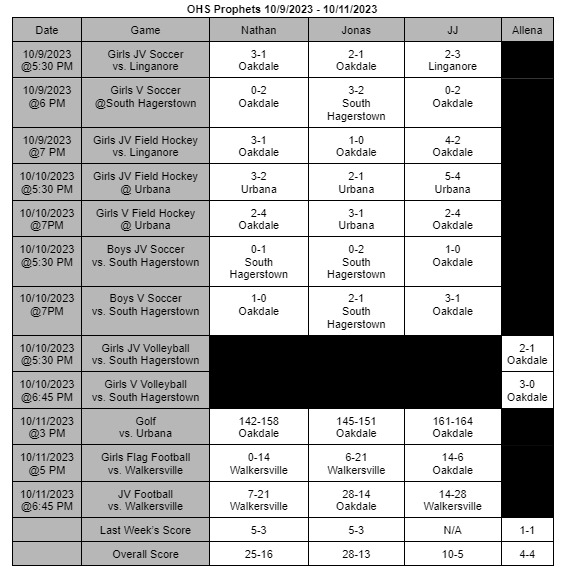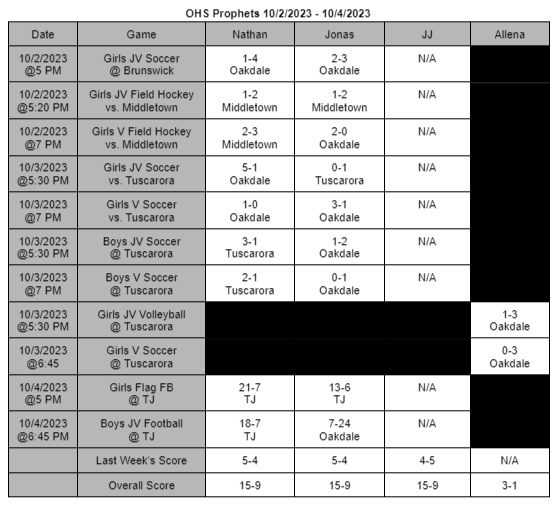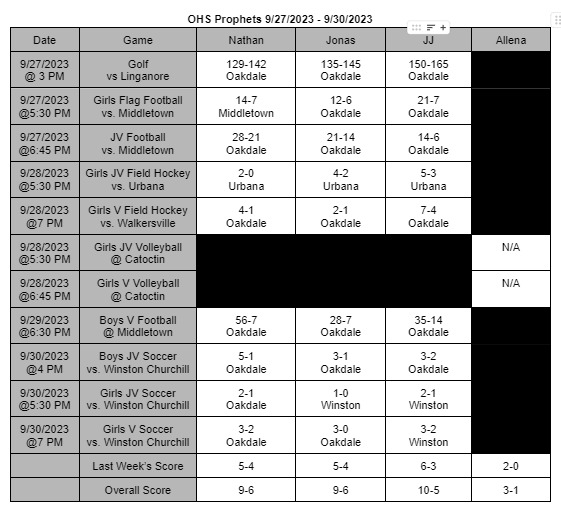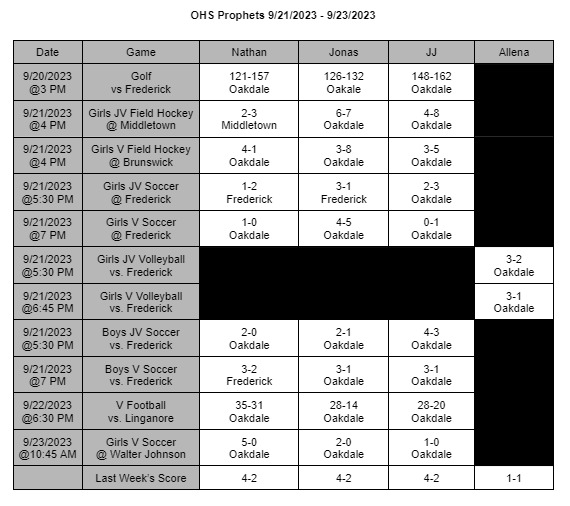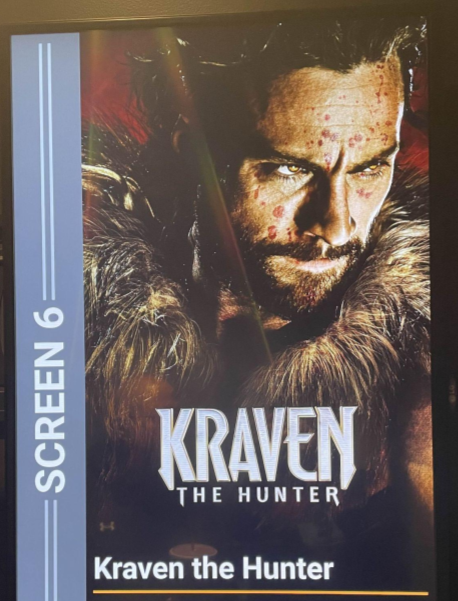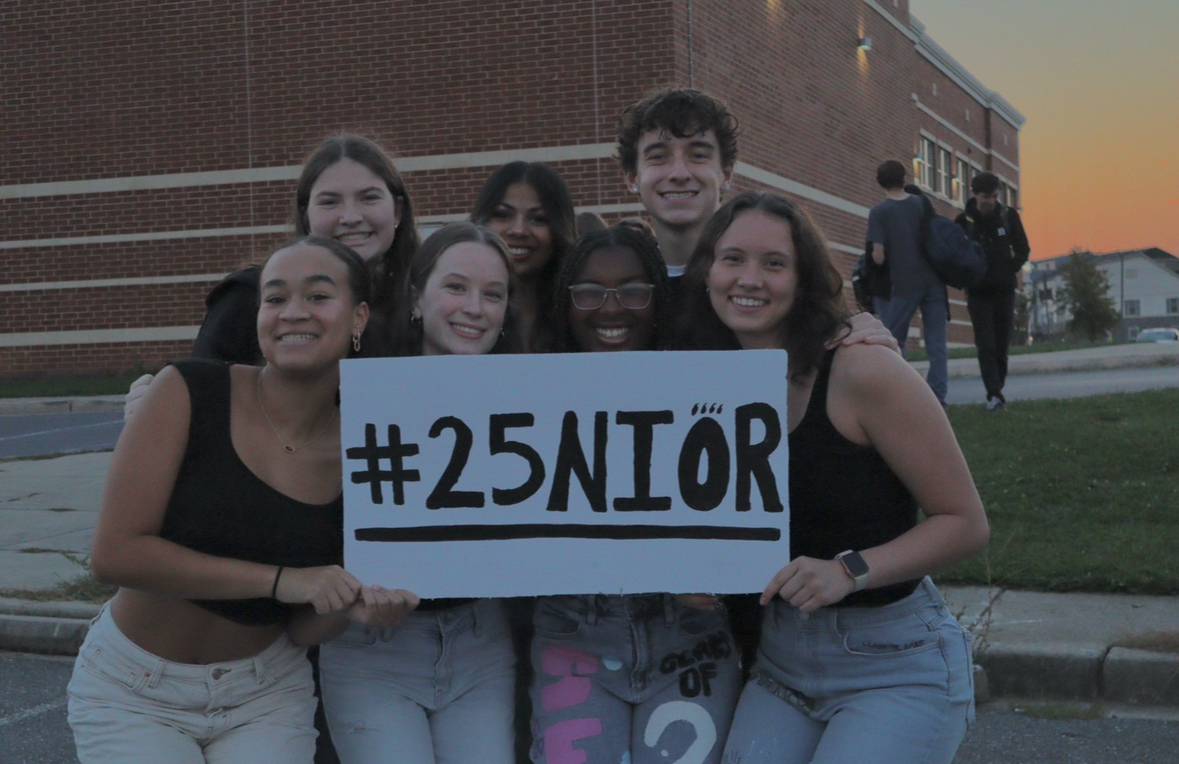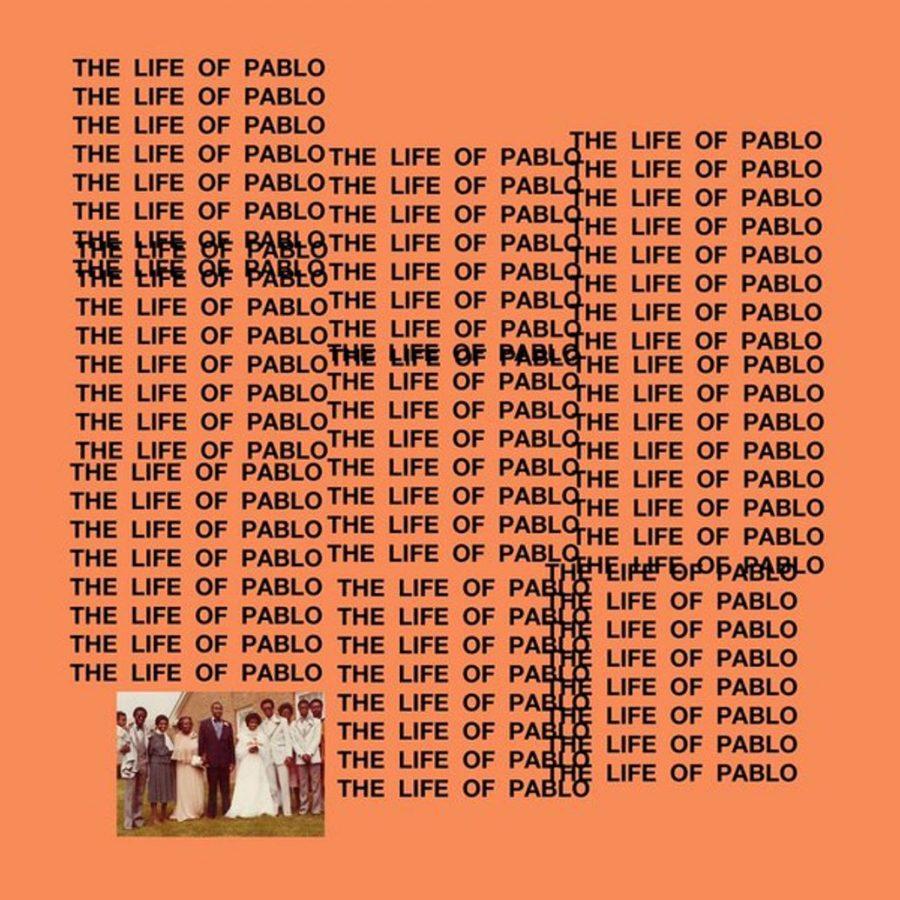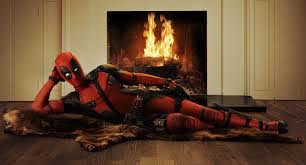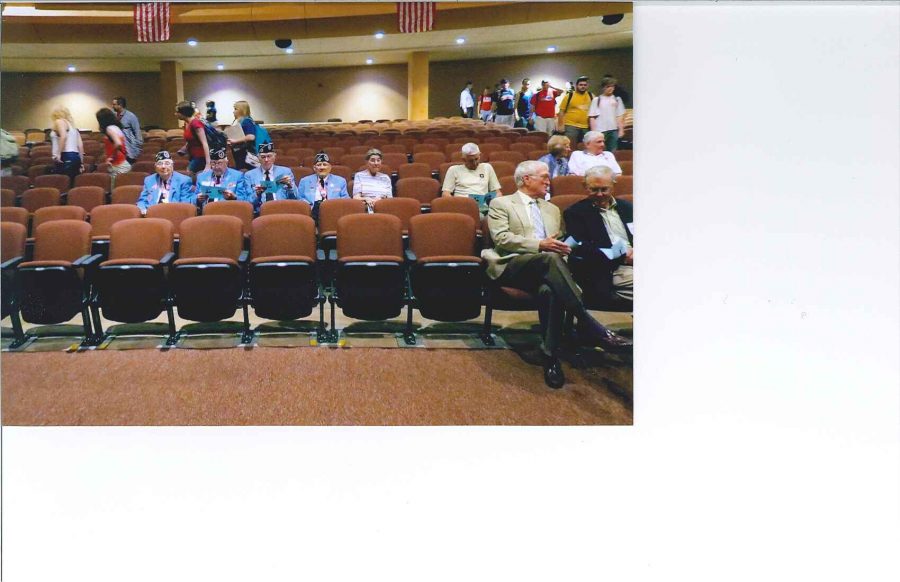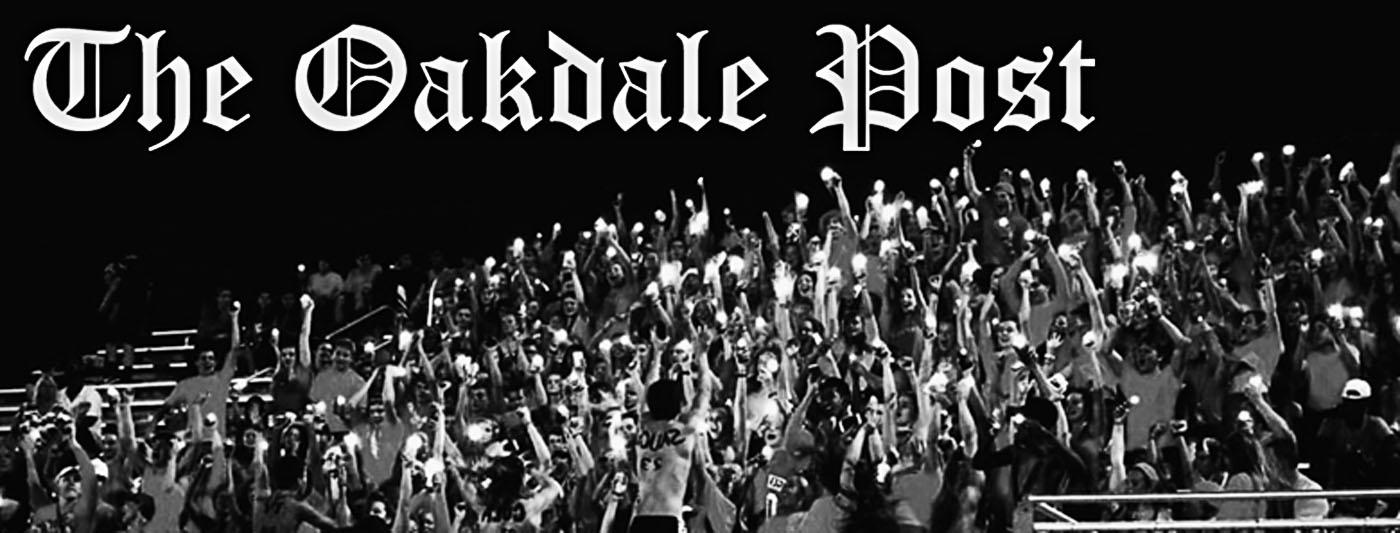Records Are Back!
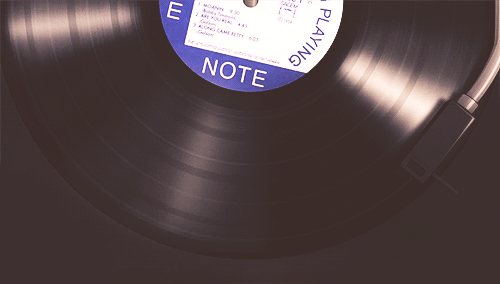
January 8, 2018
In the past few decades, innovation in audio and video technology has seen the rise and fall of such mediums as Laserdisc, VHS, the Floppy disk and more, some even engaging in ‘format wars’. The most recent sound format war, SACD vs. DVD-Audio, ended with the SACD on top, with major disappointments for each: a limited market. But in the past few years, the oldest recorded sound medium has come back from near death.
Thomas Edison invented the phonograph in 1877, albeit on cylinders. Emile Berliner brought in the innovation of the 78rpm shellac disc record by the start of the 20th century. Electrical recording arrived in the mid-1920s and high-fidelity, tape recording and 33/45rpm vinyl by the late 1940s. Lastly, digital recording appeared in the early 1980s. Through it all the record was the dominant sound format for the home.
Then the revolution came. For the first time since the Depression, sales of records decreased in favor of the slowly lowering price of the new CD. The 1990s saw what many believed would be the true end of the vinyl record: digital music came of age. Steve Jobs and the iPod unleashed a sea-change. By the millennium, the situation looked bleak. In 2010, Panasonic, which owns hallmark audio brand Technics, stopped producing the SL-1200 turntable, a mainstay of hi-fi systems since its 1972 introduction.
Just a mere seven years later, many assessments predict vinyl sales will top $1 billion for the first time since the 1980s. Reports indicate over ten million albums sold this year, up from last year even with the holiday season.
Vinyl is back, though many can’t seem to find why. Many are drawn to records for different reasons, including but not limited to warmer sound quality, its retro aesthetic, and a large format for album art. Nate Smarick, an educator in the Social Studies department, as well as an avid music fan, reported he was ‘pleasantly surprised’ and attributed the vinyl revival to “… [playing] music on something that’s tangible rather than something on their phone [or] some kind of digital device”.
Chains, such as Barnes and Noble, Urban Outfitters, and Best Buy, readily offer records for purchase, but the vinyl revival isn’t limited to the low end, either.
In fact, for a select group of individuals, records never went out of style. Those who championed the format for their analogue sound, keeping vinyl alive through its darkest hour, are known as audiophiles. High-quality reissues of legendary albums such as Kind of Blue and Pet Sounds from labels such as Classic Records and DCC came in the mid-nineties, as records in the mainstream were disappearing quickly.
The return of records has provided an expanded market for new audiophile releases. Two such contenders are improving on traditional record manufacturing processes. Mobile Fidelity, a longstanding label of audiophile releases, has started a new series. Called ‘Ultradisc One-Step,’ it takes steps out of the record making process by making the lacquer the stamper. Thus, the fidelity of the music improves, as it’s closer to the master, or the first recorded material. Another label, Analogue Productions, is bringing back the Ultra High Quality Record, or UHQR, which uses defunct label Classic Records’ trademark ‘CLARITY’ vinyl formulation designed for a significant decrease in audible surface noise.
Kendall Gill, a Junior, who is ‘thrilled’ they’re back, stated: “My parents both collected vinyl and I know it sounds cliche, but it just seems like a lost cultural thing.”
With vinyl sales booming, several new pressing plants will be opening all around the country in places such as Oakland, California; Austin, Texas; and even one as close as Fairfax, Virginia. Needless to say, they’ll be very busy stamping some records.













